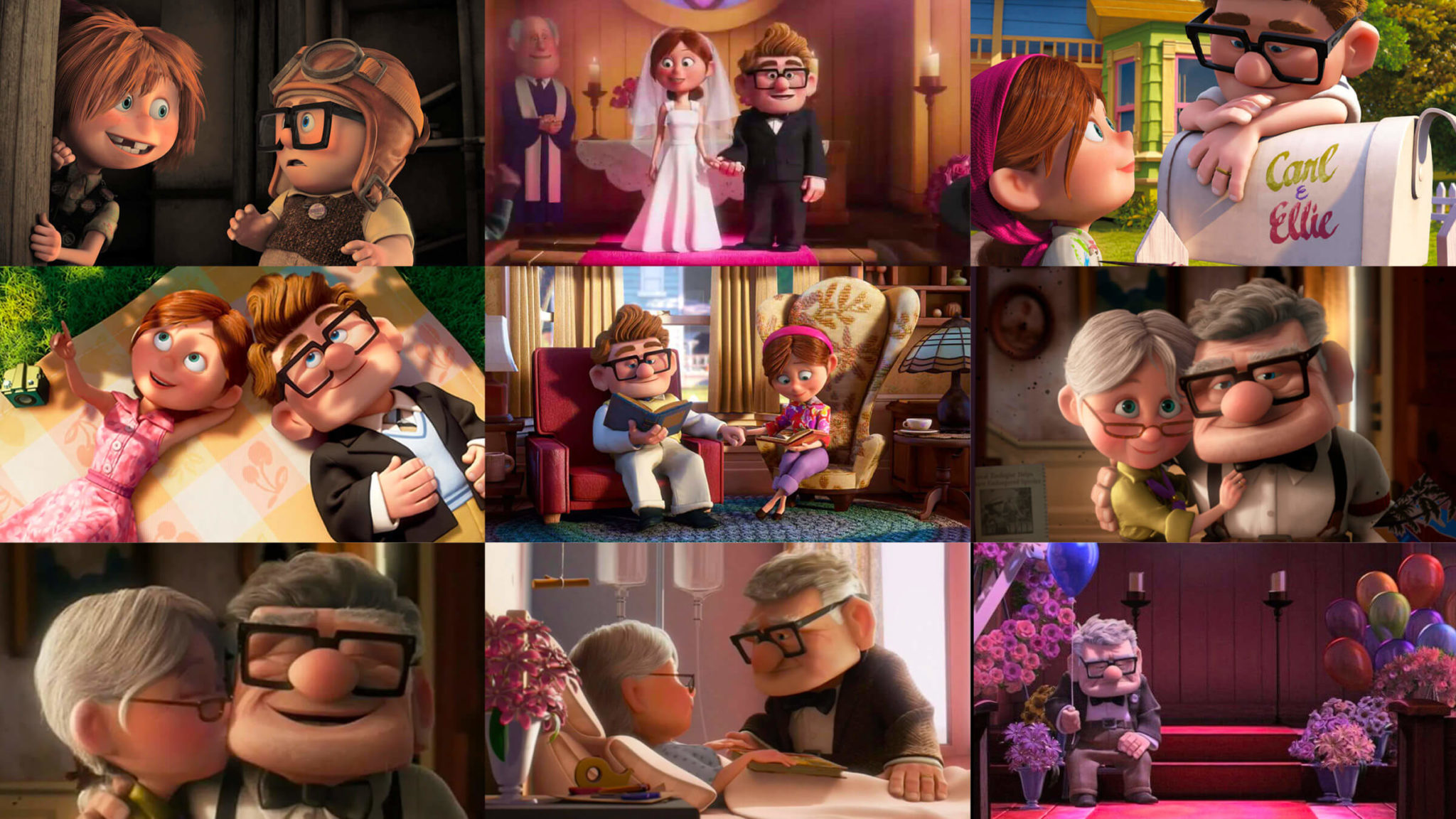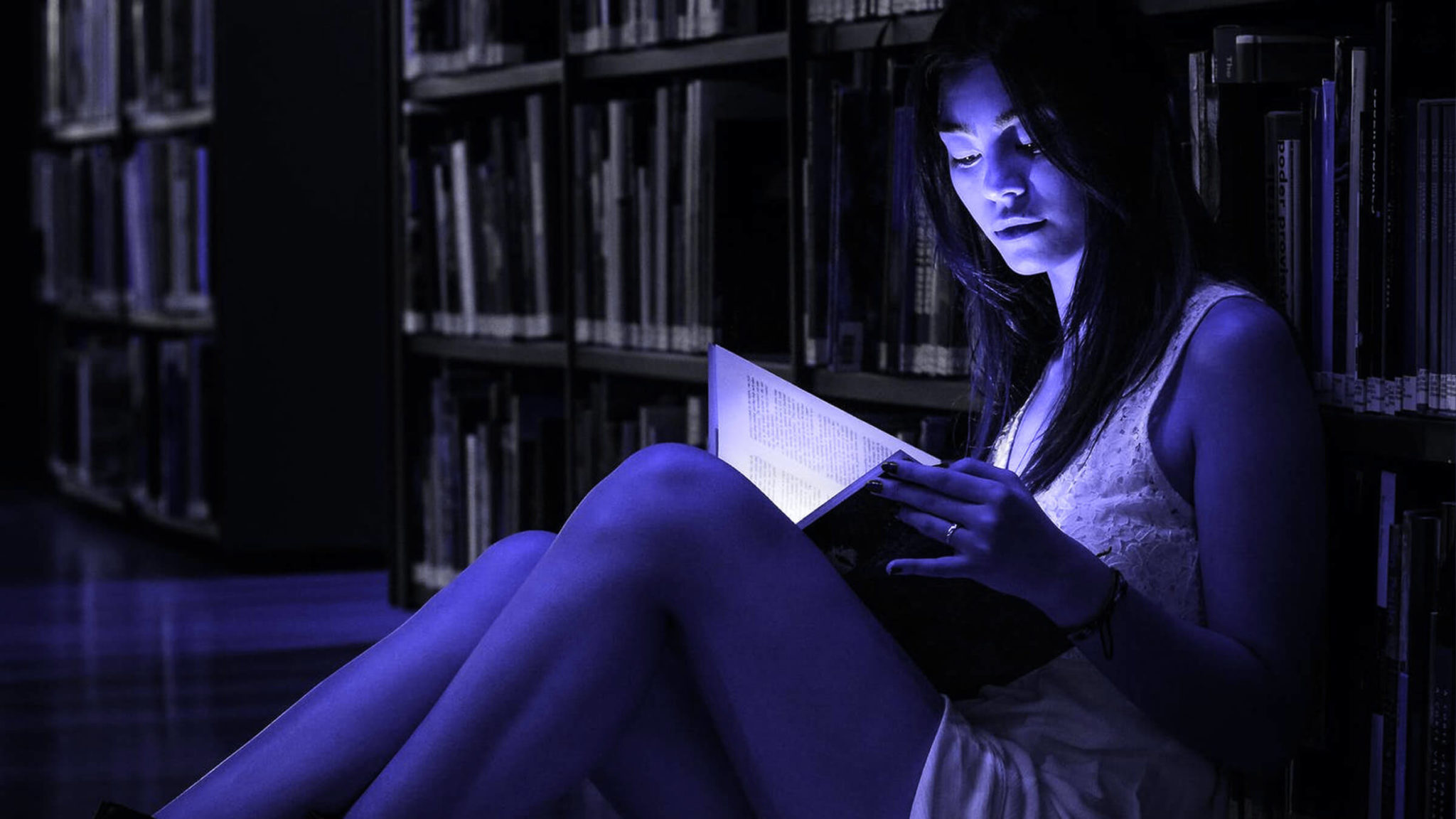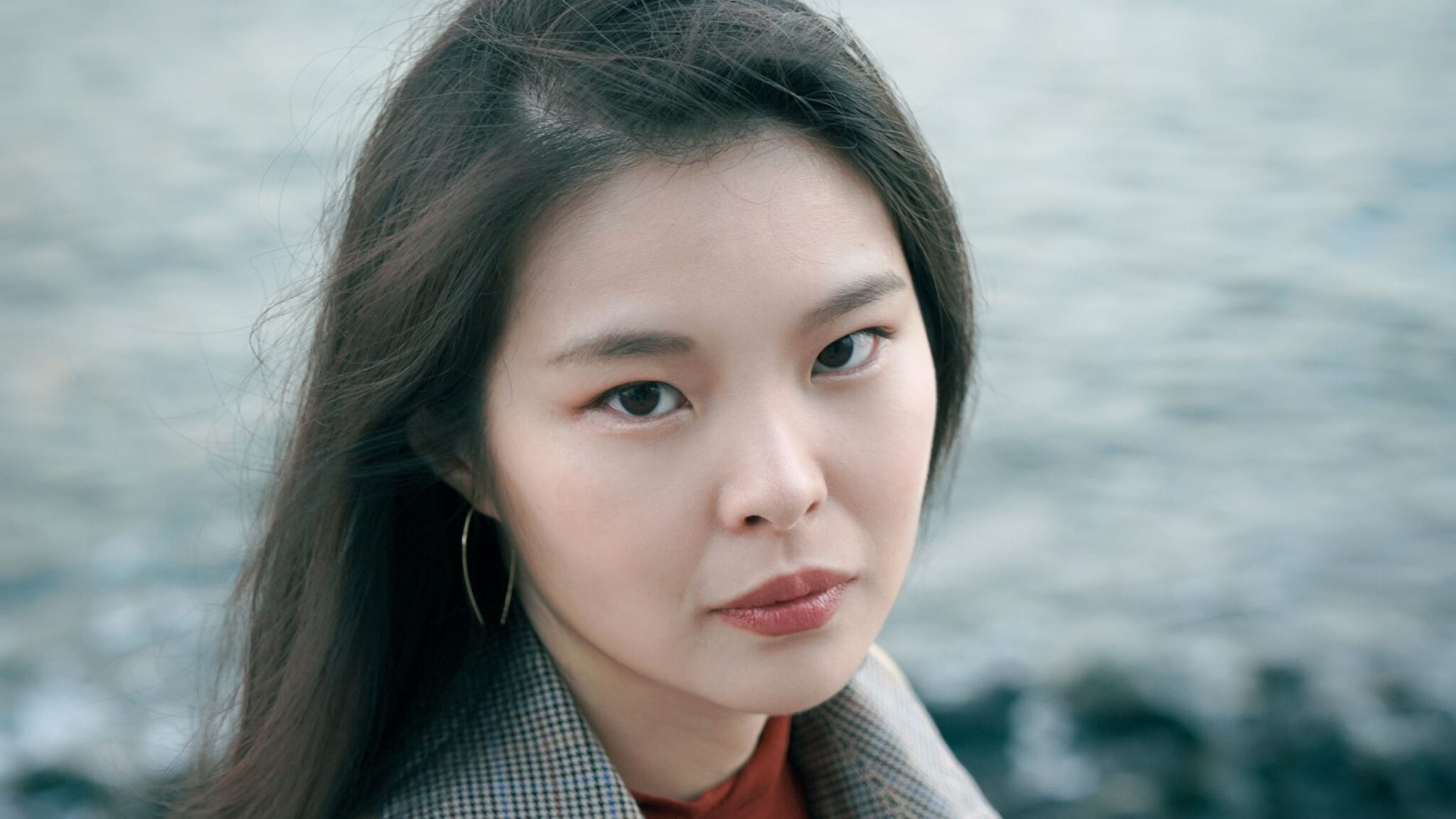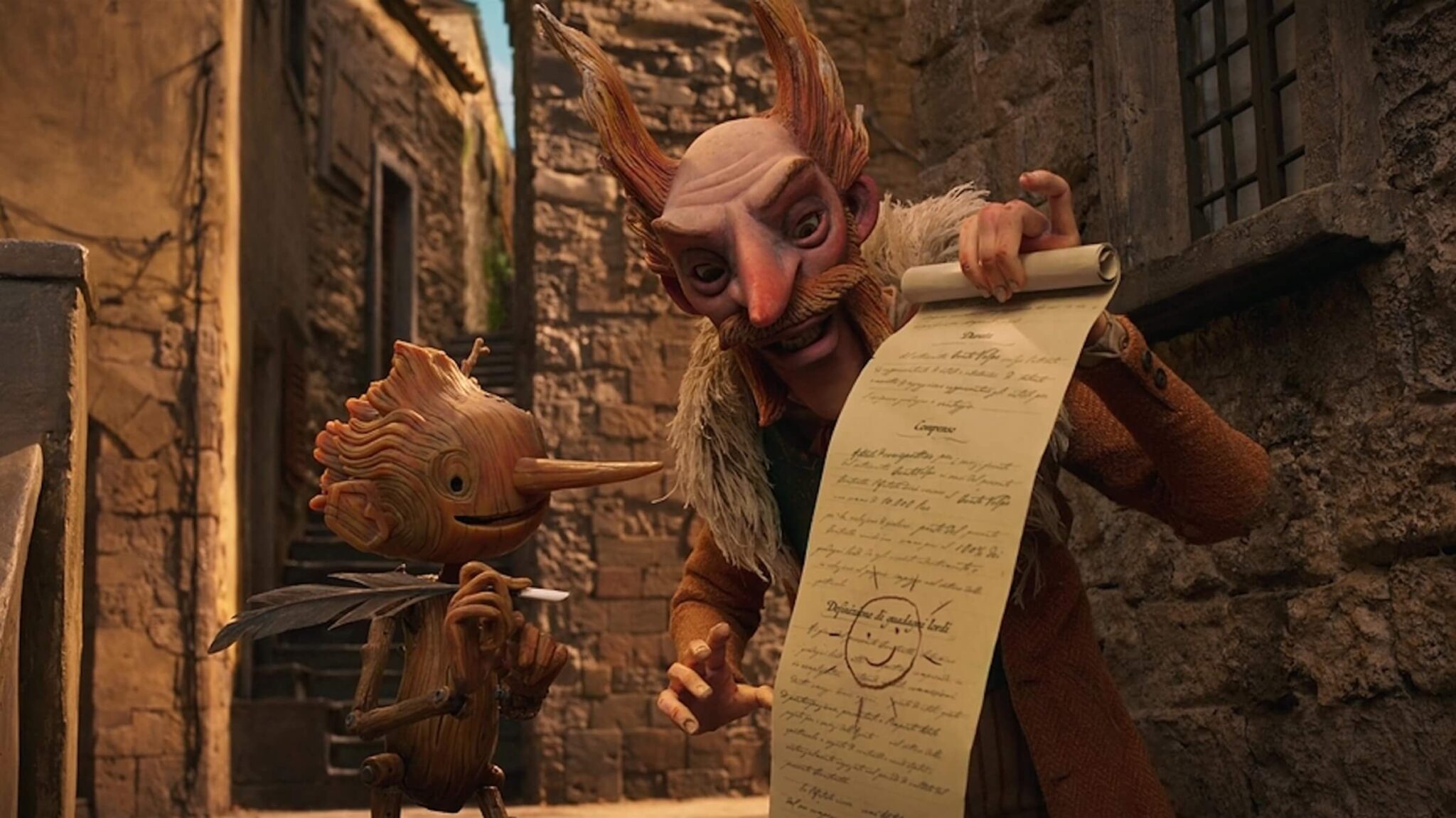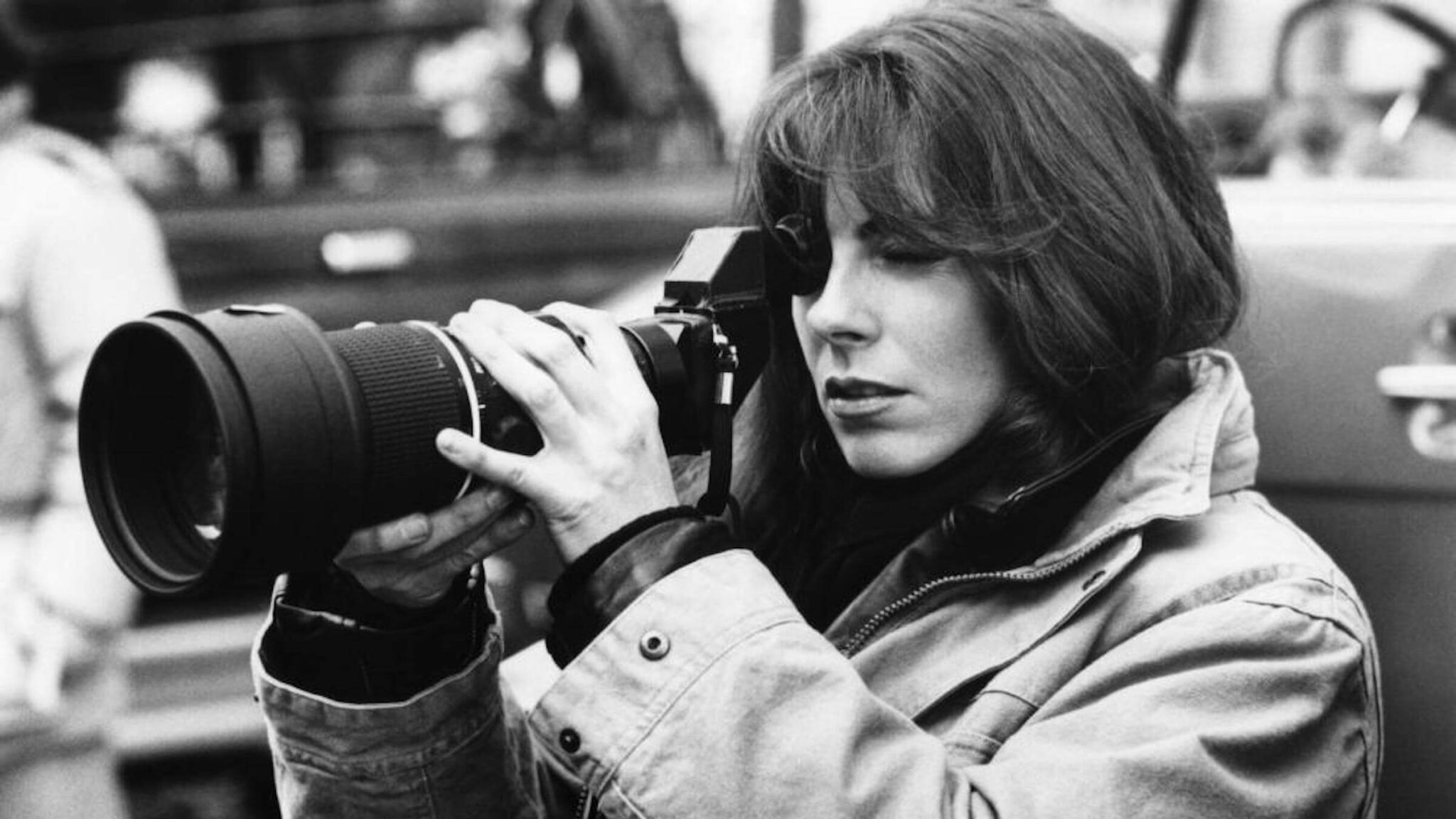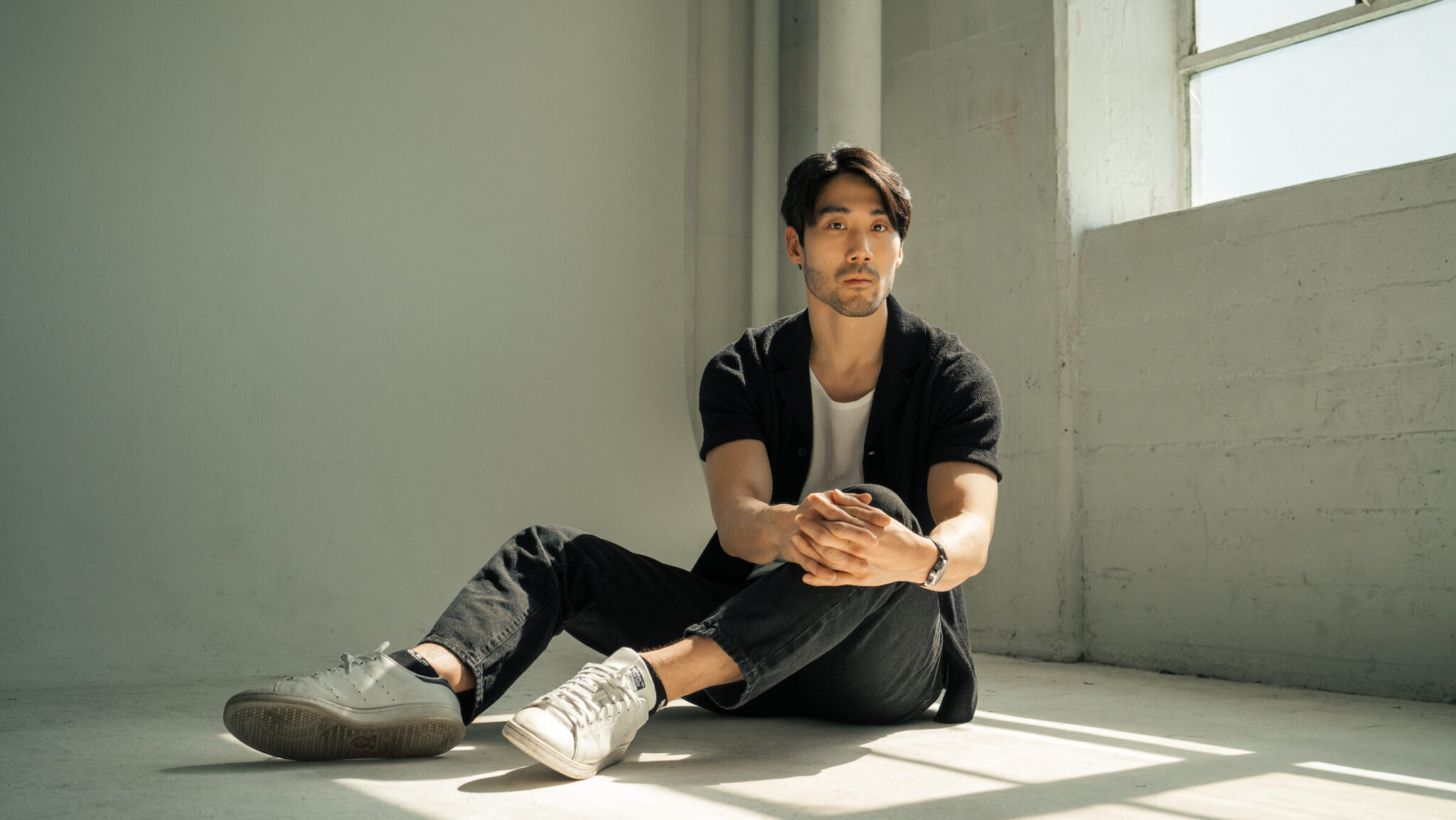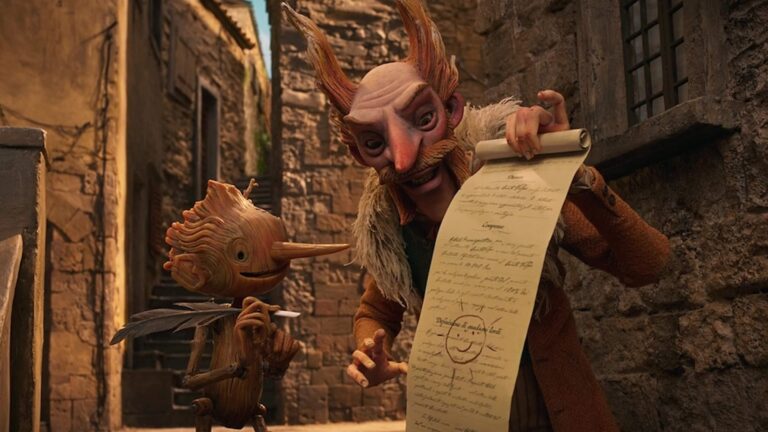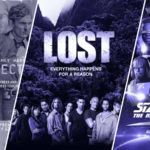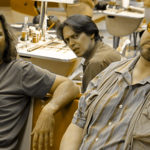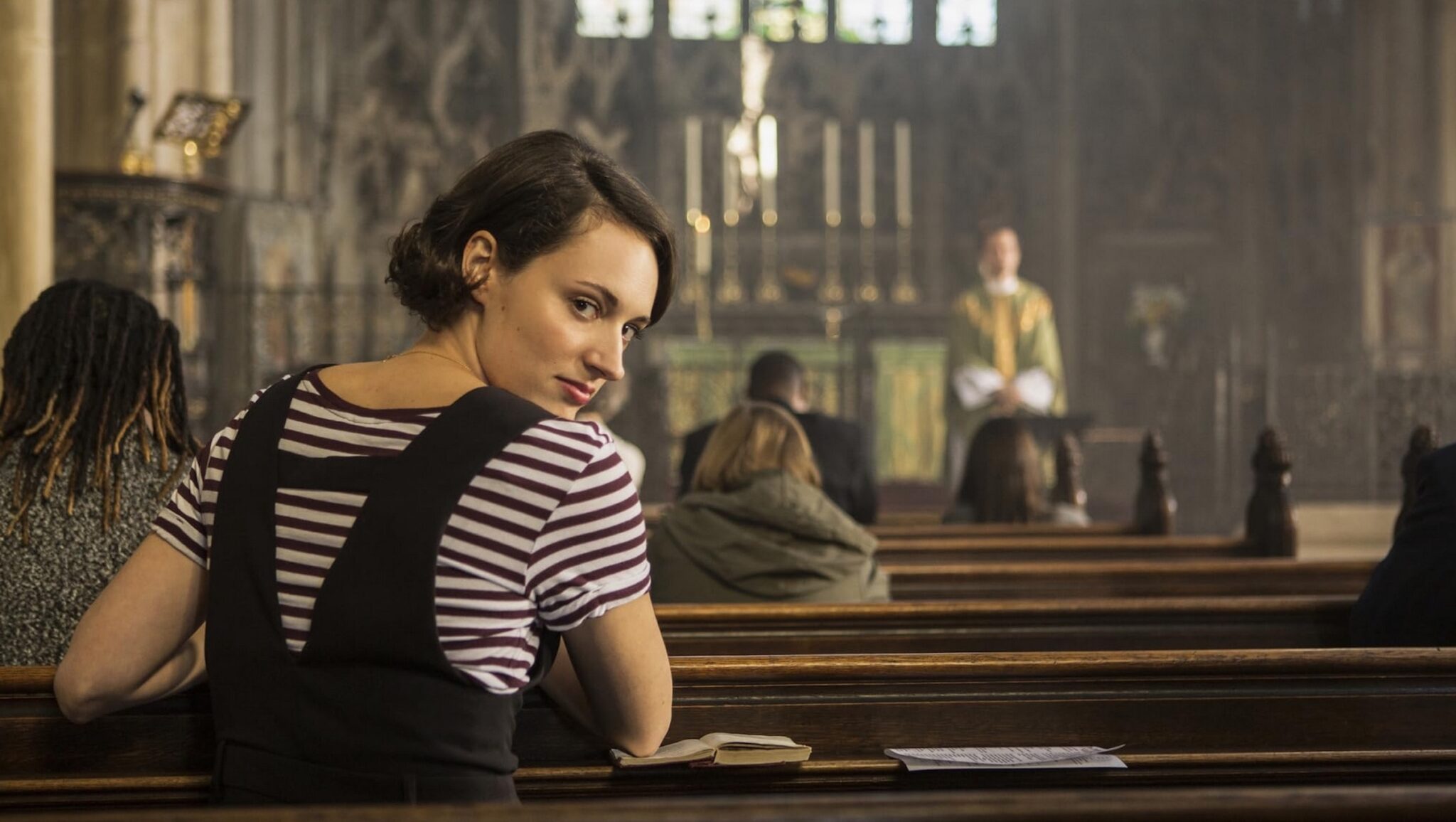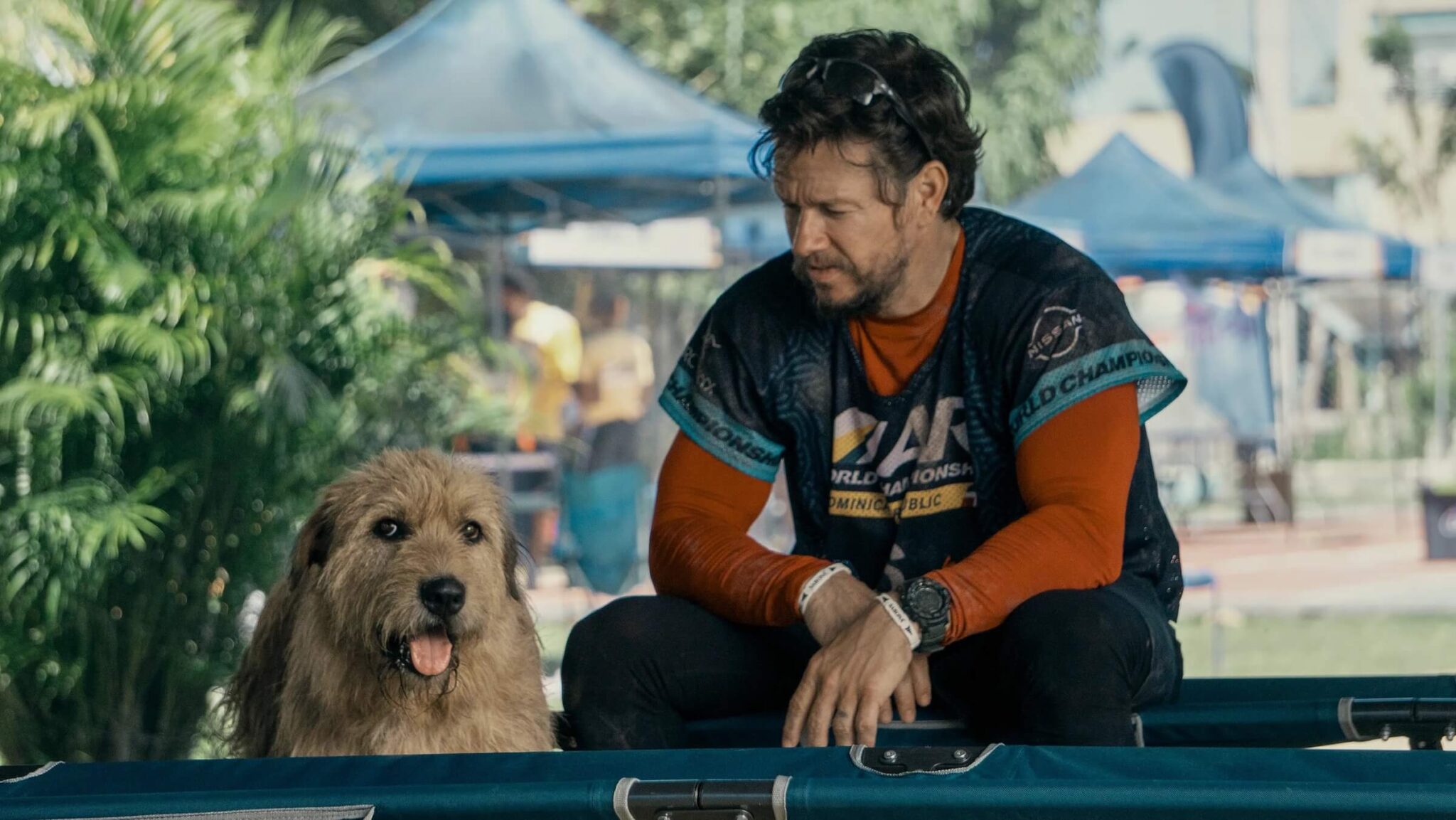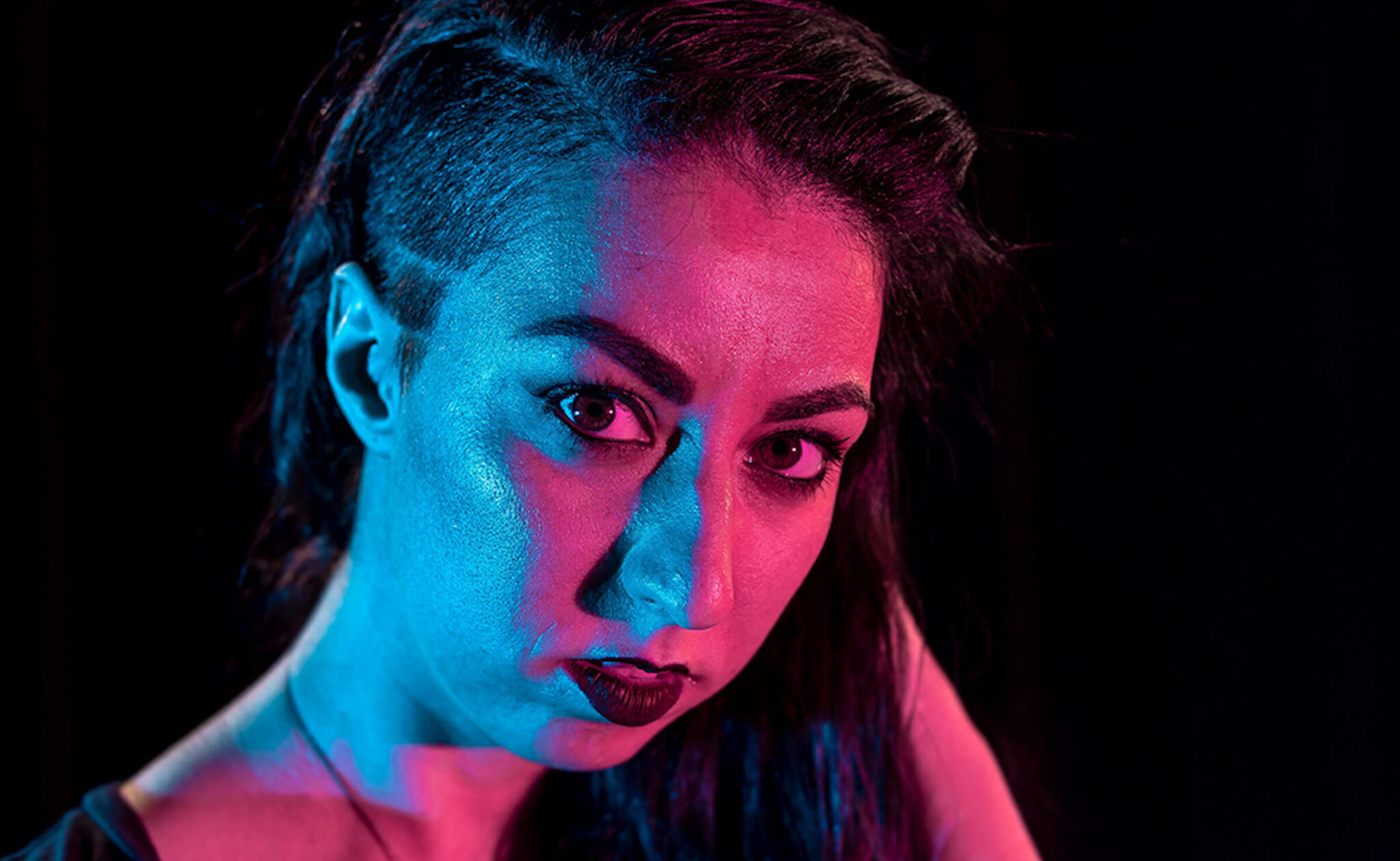Interview with Screenwriter and Producer Tamara Chestna
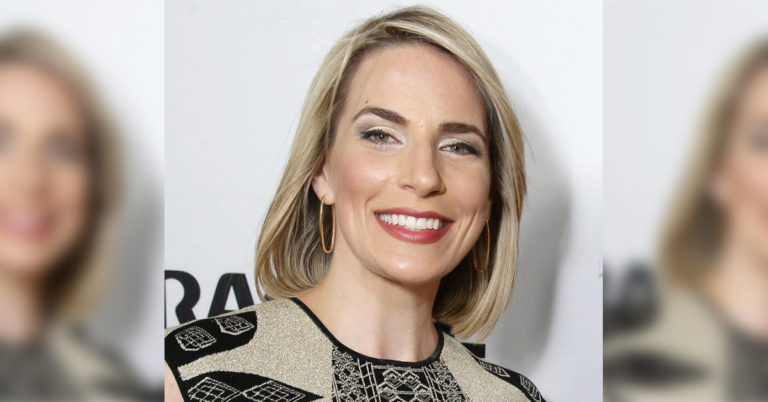
Meet Tamara Chestna. She's a 15-year veteran of the film & television industry. She segued from producing into screenwriting full-time in 2015 and since then has been steadily working on feature films and in the scripted series realm. Previously, Tamara collaborated with Michael Polish and Kate Bosworth to develop and sell the one-hour drama The Kill to Universal Cable Productions and USA network. She also sold her one-hour drama Wild Side to YouTube Red, with Gary Fleder attached to direct and produce.
More recently, Tamara completed a feature adaptation of the Young Adult novel Moxie for Paper Kite Productions with Amy Poehler attached to direct. She also Executive Produced two seasons of The Art of More, starring Dennis Quaid and Kate Bosworth, for Sony TV’s streaming platform Crackle.
Currently, Tamara is writing the feature film adaptation of After, based on the best-selling series by Anna Todd, for Cinelou Films. The film is slated to shoot this month. In addition to her writing, Tamara continues to produce, currently working on the teen comedy feature Summer Job for Gunpowder & Sky, slated to shoot this summer, and the Troop Beverly Hills remake with Tristar Pictures, among others.
If you're lucky enough to be going to the sold out 2018 ScreenCraft Writers Summit in Atlanta, make sure you check out the panels she'll be on, including The Writers’ Room: How it Works and How to Run One, Life In the Movie/TV Factory: Navigating the Studio System and Development 101: Hollywood’s Creative Process.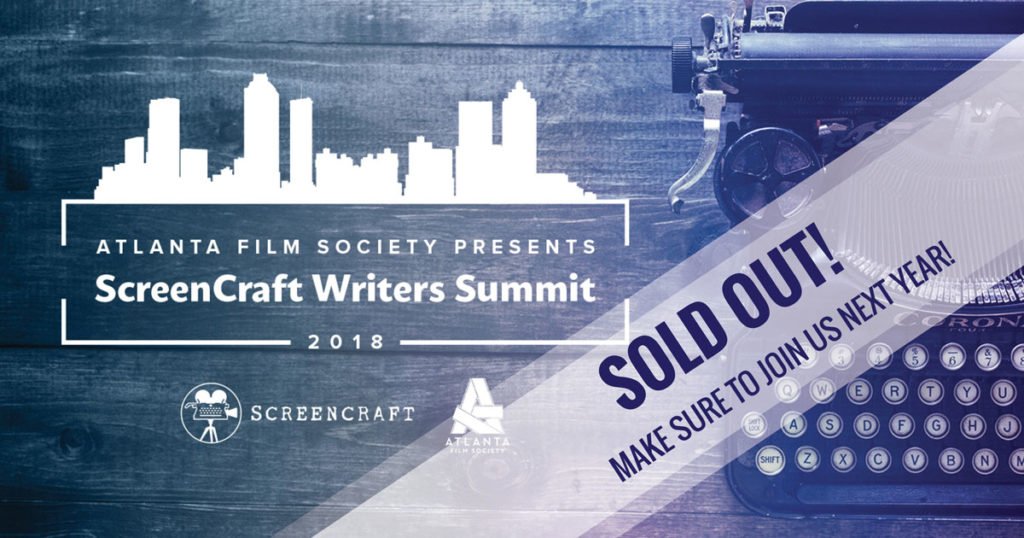 Let's dive into the interview!
Let's dive into the interview!
What’s it like to go from Producer to Screenwriter? Was it always the plan to do both?
Moving from a full-time executive at a studio-based production company to focusing mostly on screenwriting was definitely a major shift in focus and lifestyle. As a producer, I spent my days collaborating with other writers to get their scripts or pitches into shape, selling new projects, trying to find new material, as well as networking and staying on top of what was in the marketplace. I read samples, watched movies, took meetings and business lunches everyday.
As a screenwriter, I now spend my time selling myself to people – whether that’s in terms of taking meetings and lunches with executives or producers, or creating new material for others to read. Often scripts, but also a lot of pitches and documents to put myself up for work. And then there are the down times, where I spend time thinking and processing ideas, which is a huge part of the creative process for me.
In terms of the transition and how that worked, I was very lucky. I’d been hired for my first paid feature rewrite while I still had my full-time job and my boss was so encouraging of this new writing path, he supported me doing both. And then within a couple of months of leaving that job, I was hired by the same studio for a second rewrite job and then sold a show with some people I’d met producing a TV show. Those jobs came from people I’d met as a producer and who believed in me as a writer. So the 13 years I’d already spent in the film and TV business as an executive, paid off in terms of having contacts and people who were rooting for me, wanting to work with me in this new capacity.
In terms of my plan, yes, after college when I came out to Los Angeles, I wanted to write and direct. But like so many others, I needed a paying job and I took a position as an assistant to a producer. I had interned for him in college and was lucky enough I could be hired on full-time in the office for his executive. And so I was thrust into the development world, where I began working long hours and then trying to network and meet people for drinks in the evenings. It left very little time for “on the side” writing, and soon I put writing to the side. I rode the development path, thinking that it could be fulfilling enough creatively to work with other writers and give them my ideas. But I always came back to writing my own stuff over the years; it was something I picked up and put down over and over again.
Then finally, over Christmas break in 2013, I realized I wanted to really give it a try. So I holed up in a hotel room over the holiday, and wrote my first pilot. I showed it to some trusted friends, got great feedback and kept writing. For six months, I dedicated my weekends and nights to writing, and then finally started getting work to my managers and agents. I signed with my manager in 2014 and then began working towards making the transition.
Best decision I ever made!
What was it like to sell your one-hour drama Wild Side to YouTube Red?
Wild Side has a long – but typical – backstory. It started when a producer at Adaptive Studios and I met after he’d read a sample of mine, and we started talking about projects that he was involved with – which included Outward Blonde, a book that Adaptive controlled the rights to. He was looking for writers to come up with a take based on the book. So I read it – and immediately saw a version of Orange is the New Black there, but with juvenile delinquents on an Outward Bound-esque program.
I met with the producers at Adaptive, discussed what my thoughts were and how to adapt the book into a feature film. They heard from a few other writers and then called me back a couple weeks later to tell me they wanted to work with me! So we spent a couple of months developing and practicing a feature pitch, which we then took out to a number of buyers.
It didn’t sell as a feature – and we quickly realized that we should consider this as a tv property instead. The producer and I both had a relationship with Gary Fleder’s company Mojo Films (Gary and I worked together on The Art of More on Crackle), and they came onboard to produce and for Gary to direct the pilot.
Adaptive, Mojo and I worked on the new tv pitch for a couple of more months, and then we began pitching to TV outlets. About five or six in total – and YouTube Red loved it! We’re just finishing up our negotiations now and will be getting to work soon!
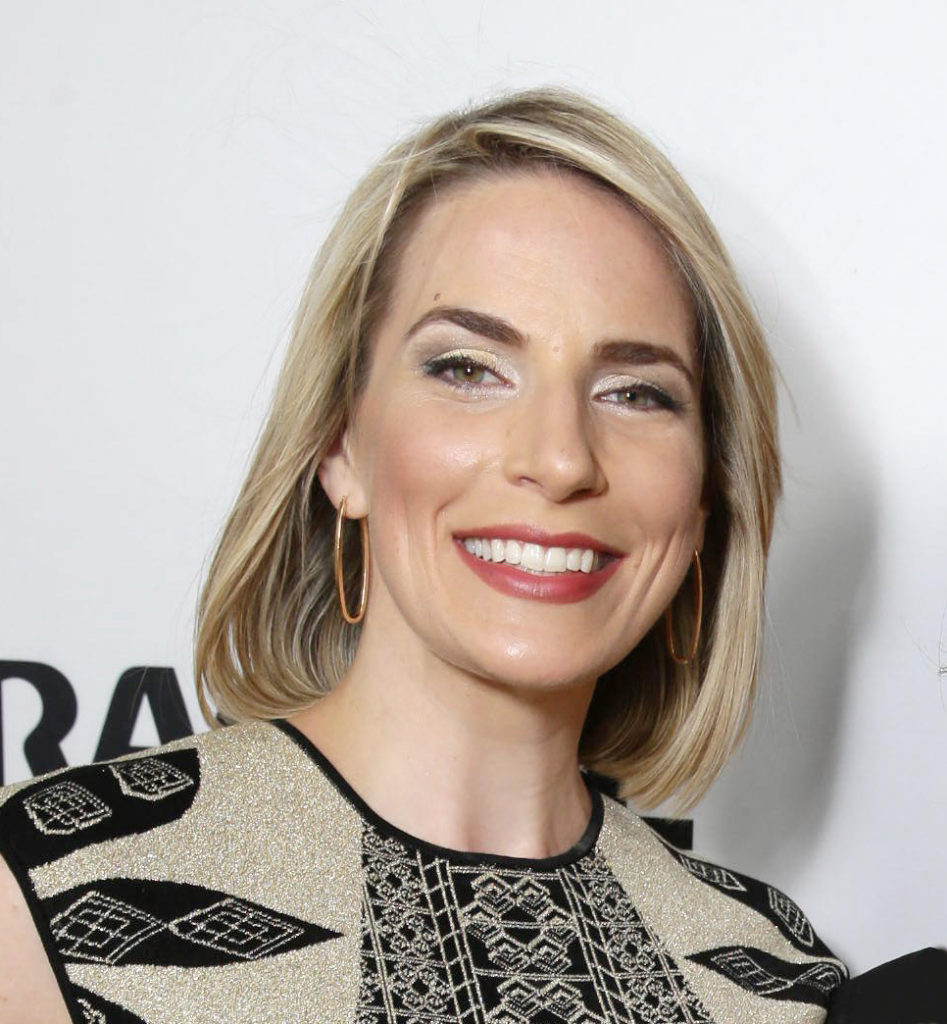
Executive Producer Tamara Chestna and Cristina Rosato seen at Los Angeles Premiere for Crackle's 'The Art of More' at Sony Pictures on Thursday, October 29, 2015, in Los Angeles, CA. (Photo by Eric Charbonneau/Invision for Crackle/AP Images)
How did After come to be?
After was a rewrite assignment that came to me via my management company, who also reps the director on the movie. The filmmaker had just been hired and wanted a new writer to come on and rework the script.
So I read the existing script, the book it was based on and watched the director’s movie before I went in for the meeting. I pitched them what I would do with the material and the changes I wanted to make, and within a week, I had the job.
Because the team already had a production start date a few months away, this was a much faster process and we got to work right away, creating an outline and then diving right into the script within a few weeks of my first meeting.
What else are you currently working on?
I’m just closing a deal to do a short-form series for Snapchat, which I’m excited about. And I’m preparing a feature film pitch based on a graphic novel. I’m also outlining a new feature spec idea and a new original TV pilot idea as well.
What’s one show we need right now that hasn’t been made yet?
I think we need a new show with a female spy that doesn’t conform to the idea of what male spies should be. Some kind of new Alias! I’d also love to see a new Nancy Drew show in the works with a young protagonist.
What sort of stories excite you?
I like dark comedy, where we take on ideas and subject matter that might be serious and then find ways to find the humor in it. I also love stories that take you on unexpected paths, with characters you’ve never seen before.
Where do you find inspiration?
I find inspiration in a lot of podcasts! I love listening to stories from people’s lives and heard anecdotes about crazy things that have happened to them. It often inspires the “what if” idea from me, where I spin off a whole new storyline and character just from a tiny detail.
What are you looking forward to the most about the ScreenCraft Writers Summit in Atlanta?
I’m excited to meet other artists and professionals and to hear their stories. It’s always fun to be in a room with other creative people who love the work, the product and the business.
What's your advice for screenwriters or producers just starting out?
I think it’s so important to find your voice.
In writing, to figure out the stories you want to tell and HOW you want to tell them. What sets you apart from someone else? What are you bringing to the page that no one else can?
In producing, it’s also about finding your voice, but in a different way – what do you want to shepherd into the world? What are the projects that matter to you? What artists do you want to be working with? Cast yourself as the person who wants to bring back the 80s action movie, or the person that wants to get small indies made or the person who loves female filmmakers and will work to get those made! And then you can branch out. Also, get to know everyone and anyone you can – and be good to them. It’ll come back two or three-fold!
What was it like to produce The Art of More?
The Art of More was special in so many ways to me – but it was also special to Crackle, our streaming network, in that it was their first bigger-budget scripted series. So as the network was starting to ramp up this part of their business, we got to be the guinea pig in some ways. That was awesome because we got to all be in it together; but of course, it was also challenging because we were creating new systems and protocols together as well.
We had a small creative team – myself, my boss Laurence Mark, our showrunner Gardner Stern and our creator Chuck Rose. For the first season, we didn’t have a traditional writer’s room, so we broke the whole season together, with Chuck and Gardner writing the majority of the scripts, as well as hiring a couple of freelance writers to come on and join us at some point to help with the load. But because it was such a small group of producers and writers, we were all involved so intimately in every step of the process.
We filmed the show in Montreal for about six months – all on location. We shot the series in two-episode blocks. Had terrific filmmakers onboard and an amazing cast. We had so much fun amidst the long hours.
How was the experience of adapting Moxie and how excited are you to have Amy Poehler directing?
Adapting Moxie has been one of the best experiences of my career so far. When I saw that Amy Poehler’s company Paper Kite had optioned the book, I immediately asked my team to look into the project and see if there was a writer onboard. I loved the idea of doing a YA story about teen girls staging a feminist revolution in their high school – totally up my alley!
Luckily the Paper Kite folks liked my samples, and I was able to meet on the book, pitch my ideas and get the job! And working with both Amy and her executive at Paper Kite, Kim Lessing, has been a great process. We met and talked about what we all wanted this movie to be, what Amy’s vision is for the movie, and then I got to work.
I had so much freedom and support as I wrote the script – such a collaborative group of women that create a safe space to try new ideas and push some boundaries. And of course, having Amy Poehler on board to guide this is such a gift. She’s incredibly smart and open and generous with her time. I can’t wait for us to make the movie!
Finally, what is one surprising (non-industry) related fact about you?
I was a German studies double-major in college and I spent half a year living in Tuebingen, Germany in 2001. Prost!
Look out for Tamara at the 2018 ScreenCraft Writers Summit happening from April 13 - 16.
For all the latest ScreenCraft news and updates, follow us on Twitter, Facebook, and Instagram.
Tags
Get Our Screenwriting Newsletter!
Get weekly writing inspiration delivered to your inbox - including industry news, popular articles, and more!









